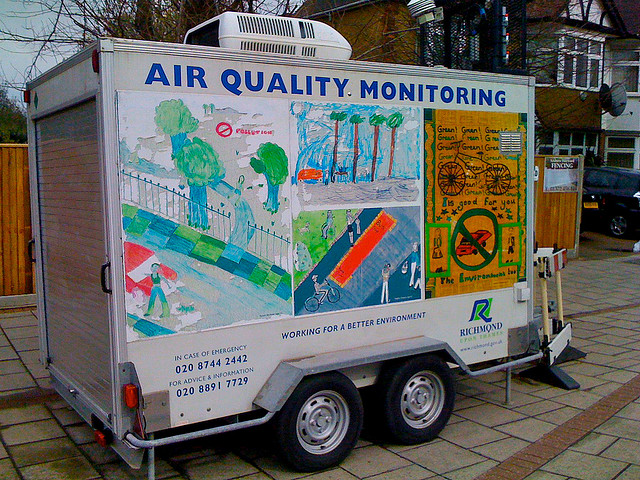Wait... that isn't actually a political campaign... it is an energy campaign. This advertisement is paid for by the American Petroleum Institute to encourage America to support the growth of the energy industry because it creates jobs for the American people. Though no where in this ad is hydraulic fracturing mentioned, I think this may be a step in the right direction for the oil and gas industry.
Communicating with the public was the main focus of this blog. Being engineers, we all LOVE to throw jargon around like it is a hot potato, but actually talking to people is quite a challenge to us. By communicating about a scientific subject in a blogging format, we were supposed to gain experience communicating science to the public. As I have tried my hand at it, I've realized the DIRE need for this skill in the petroleum industry.
In one of the books we read, Don't Be Such a Scientist by Randy Olson, the evolution versus creationism debate was discussed. Olson said that creationists almost always won debates because they were able to tell a story and pull at the heartstrings of the audience/panel. The same goes for hydraulic fracturing! We can spew scientific facts to the public, but that will never win over one person telling the story of how they rely on a water well, and they are afraid fracturing will ruin it.
We, scientists, engineers, and especially the oil and gas industry need to learn how to stop being such scientists and actually talk to the public, to communities, to individuals. So is this commercial from the American Petroleum Institute doing the job? Does it speak to the public? Would doing informative commercials for hydraulic fracturing be a possible way to improve the image of the industry? I would love to hear what you guys think!
--Kelsi
























.jpeg)
